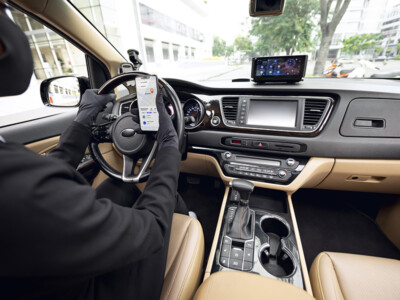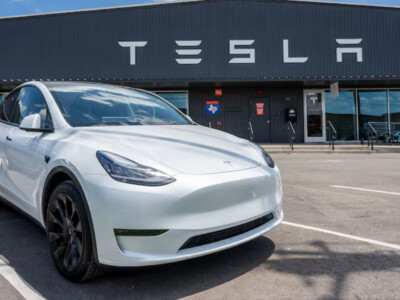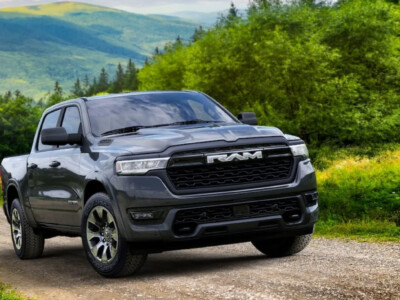

Tesla’s electric vehicles have captured the attention of consumers and played a key role in encouraging many drivers to transition from internal combustion engines to electric cars. However, they have not garnered the same enthusiasm from police departments, where they have faced criticism and challenges when used as official patrol vehicles.
In California, where the state aims to phase out the sale of new cars with internal combustion engines by 2035, Tesla’s electric vehicles have begun appearing in police fleets in increasing numbers. Despite efforts to adopt more sustainable mobility, Tesla models, specifically the Model 3 and Model Y, have fallen short as police patrol cars. A recent SF Gate report highlights the opinions of police chiefs from three cities in Northern California, who pointed out numerous issues they encounter with these vehicles in their daily operations.
Unlike other automakers who develop specific packages for police use, Tesla has not created a specialized kit to adapt its vehicles for this type of work. As a result, police departments have resorted to purchasing standard Tesla models and then modifying them through aftermarket companies. This approach has resulted in custom vehicles that do not always meet the practical requirements of patrolling. In the case of the Ukiah Police Department, they turned to Unplugged Performance, a company located about 500 miles away, to make the necessary modifications.
Despite these adaptations, Tesla vehicles continue to present significant limitations. One of the most notable issues is the lack of interior space. According to the report, the Tesla Model 3 can only transport one prisoner in the rear, which restricts police operations. Additionally, officers themselves have noted that the space is so tight that it becomes uncomfortable, especially when wearing seat belts and bulletproof vests. One police chief described the Model Y as “almost unusable” for patrols due to this lack of space.
California is not the only state where Tesla police vehicles have received criticism. In 2022, the Spokane Police Department in Washington experienced a similar situation when two of its Model Y vehicles were harshly criticized by officers for the same issues of space and functionality. These drawbacks highlight the scarcity of fully electric vehicle options tailored for police use, although it is expected that this situation will improve as more alternatives enter the market.
Despite the difficulties with Teslas, other electric vehicles have been received more positively. The Fort Bragg Police Department, for example, has integrated several Ford F-150 Lightning trucks into its fleet, which have received better feedback from officers. Since 2022, Fort Bragg has acquired five units of this model, not due to a government mandate but through its own initiative. In addition to the economic incentives that made it cheaper to opt for the F-150 Lightning instead of replacing decommissioned vehicles with gasoline-powered cars, the department’s chief noted that they plan to make their entire fleet of nine vehicles fully electric within the next two years.
One of the main advantages of the Ford F-150 over Tesla vehicles is its ample space, which not only allows police to carry equipment but also bicycles and other objects officers might pick up during service, such as abandoned shopping carts. Moreover, the F-150 is a vehicle familiar to aftermarket equipment suppliers, making maintenance and repairs a less challenging task, a key aspect for the operability of patrol cars.
The future of electric patrol vehicles looks more promising with the introduction of new models designed to meet the needs of police departments. A recent example is the city of Irvine, also in California, which has received a Tesla Cybertruck for its police fleet. Additionally, Stellantis, the conglomerate behind brands such as Dodge, has hinted at the launch of a police version of the Dodge Charger Daytona, which could help maintain its presence in the sector following the popularity of previous generations of the Charger sedan.
In summary, while Tesla has revolutionized electric mobility for civilian use, its adoption in law enforcement faces significant challenges. The lack of specific options and space limitations in models like the Tesla Model 3 and Model Y have drawn criticism from police officers. However, the growth of alternatives like the Ford F-150 Lightning and the arrival of new electric vehicles adapted for police work offer hope that the transition to electric fleets will be smoother and more effective in the future.







